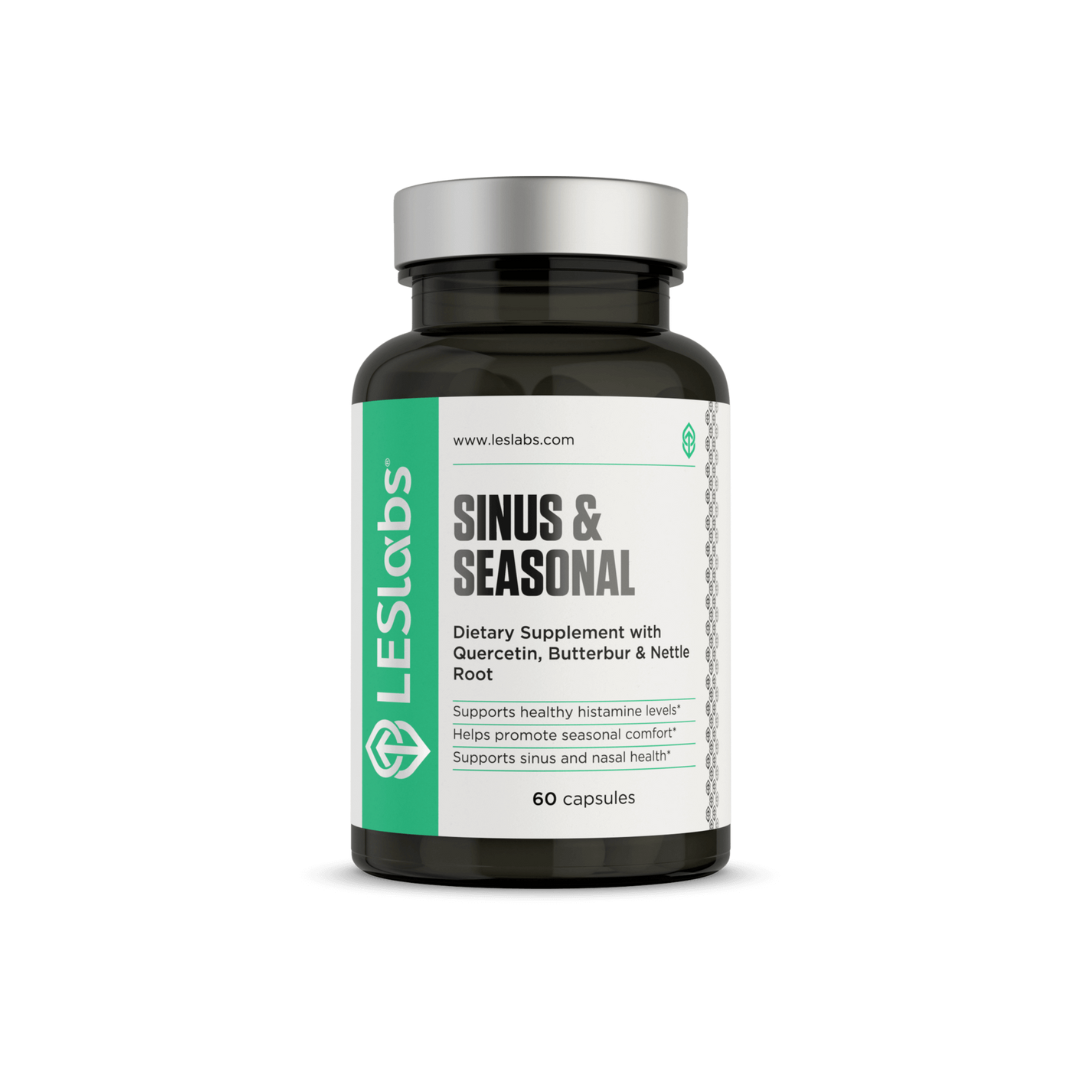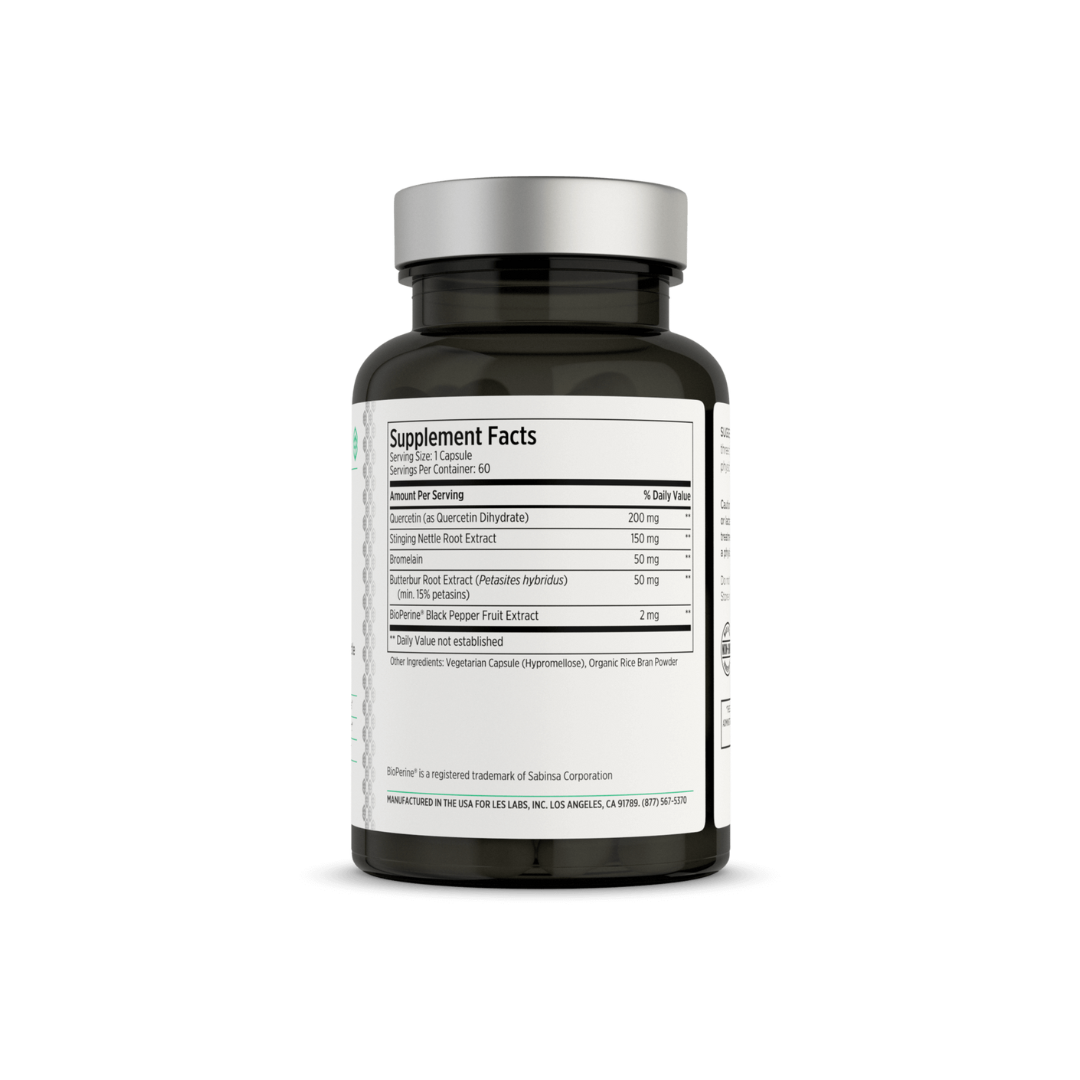The Season for Ragweed

Don't be fooled. Autumn brings one of the most menacing of the bunch out into full bloom, and that menace has a name: Ragweed. But what is ragweed, and why is it a Fall-specific irritant?
The Skinny on Ragweed
There are 17 different varieties of ragweed in North America, and most experts say that 75% of people can potentially experience seasonal discomfort when exposed to its pollen. Ragweed is a perennial that grows over several months, and produces clouds of irritating pollen that can travel for extreme distances-- some pollen has been found to travel for hundred of miles.
The good news is, if you regularly maintain your lawn, or live in an area where there just aren't that many patches of ground for ragweed to grow, it isn't going to be a concern locally. The bad news is that it will still come from as far as outside of your own city, seemingly to torment those who suffer from seasonal discomfort.
So what are some helpful tips on combating ragweed pollen?
- Wash your clothes (and body) regularly. As with other types of pollen, ragweed can get into your home by hitching a ride on clothing that you've worn throughout the day, your hair, or even your pets. It may not bother you during transit, but once it's had time to get back into the air, you will notice. Keep tidy as much as possible.
- Consider nasal rinses. Another way to clear your body of any pollen is to use saline rinses in the nose, which come with their own specific solutions and directions for proper use. Remember not to use direct tap water for your nasal rinse; microorganisms can still pass through your tap water, and thus your nose, and lead to an infection.
- Don't panic. If you're someone who wrestles with more severe seasonal allergy symptoms, you may be tempted to lock your doors, shut your windows, and wait it out. The truth is that maintaining some fairly simple habits, such as those mentioned above, and others, such as keeping track of pollen counts throughout the area, are good ways to keep your seasonal discomfort from being too tough to tackle.
Ragweed pollen production should end around the middle to end of October, depending on your local climate. That means that you only have to contend with it for a few weeks before it's gone, at least for the moment.
- Tags: sinus and seasonal






